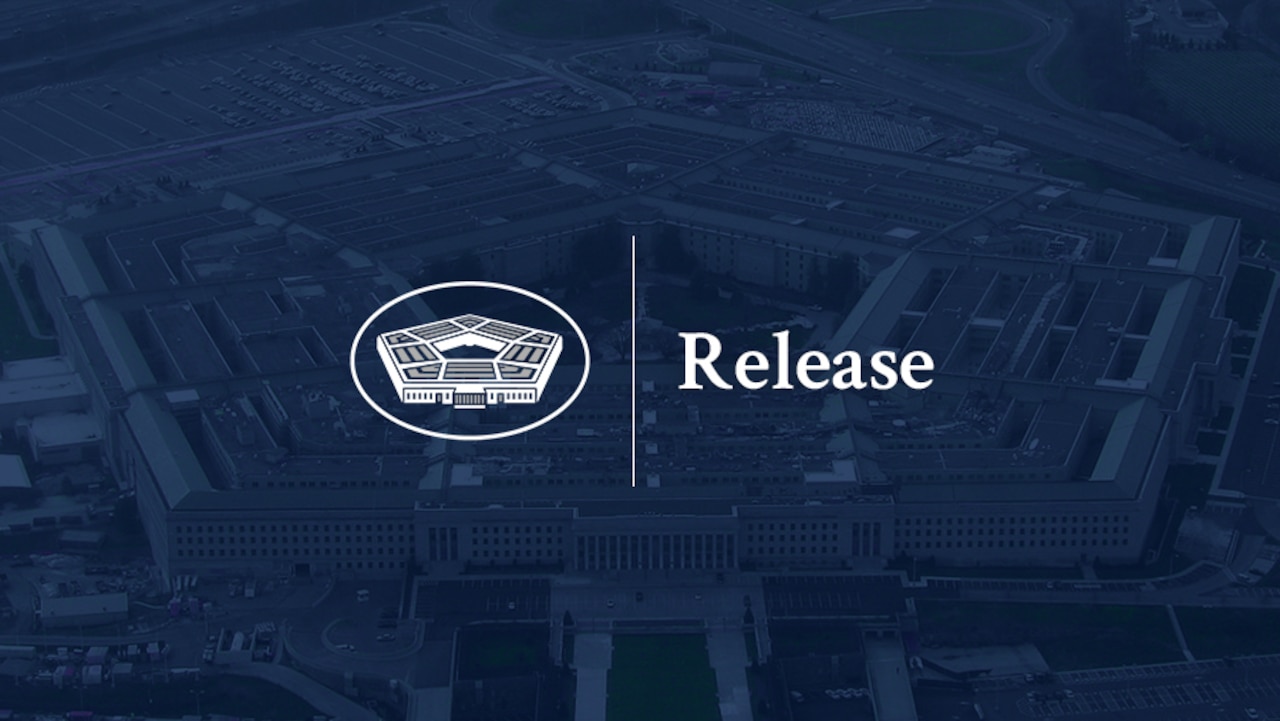The dark web isn’t something you can just stumble upon, and that’s a good thing. Sites on the dark web can contain potentially catastrophic pitfalls in the form of illegal activity, phishing links, financial scams, and malware infections. There’s also little to no recourse to be had if you encounter any trouble there, because the dark web is a decentralized collection of websites hidden from search engines. It’s the side of the internet that’s used for transactions and conversations that need to stay anonymous.
Even in an era of increased online surveillance, the average person on the internet likely has too much to lose to bet on their safety for curiosity’s sake. Heck, I’m one of PCMag’s resident security experts, and I’m not playing around on the dark web just because I know how to. That’s why I’m not going to provide links or detailed instructions for accessing the internet’s shadier side. That said, what you choose to do with your time and devices is solely your business (for now), so I will help you understand the risks you take when exploring the dark web and offer you some suggestions for safer browsing.
What Is the Dark Web?
To understand what the dark web is, let’s examine the onion-like layers of the internet:
(Credit: Canva/Kim Key)
Clear Web
The top layer is referred to as the clear or “surface web,” which is what you’re accessing while reading this article. The clear web is made up of websites that you can get to via a search engine like Ecosia or Google. Your clear web browser activity can be logged and tracked by advertisers, governments, and your ISP if you’re not using a VPN.
Deep Web
The deep web is the next layer, and it encompasses a massive amount of online data that is not available for public consumption and not indexed by clear web search engines. Deep web content includes academic research papers, court documents, or medical records. For example, when you sign in to your healthcare provider’s portal to view test results or request prescription refills, you’re accessing the deep web.
Dark Web
Within the deep web is the dark web. As I mentioned above, the dark web is a decentralized, non-indexed network of web pages, and the sites don’t use standard URLs. The dark web is home to some horrible stuff; think illegal porn and snuff films, along with illicit activity in the form of financial scams, personal data sales, and other anonymous and illegal transactions. There are marketplaces where people can sell stolen credit card numbers, conduct illegal drug transactions, and scam people out of their cash and crypto.
There’s legitimate activity on the dark web too, as activists, journalists, and whistleblowers use dark web forums for anonymous communication. These forums look similar to those found on the clear web, but the content discussed and shared by the anonymous chatters can evade censorship on public sites and surveillance. The problem is that getting to those forums may require opening yourself up to safety concerns like the ones listed above.
How to Access the Dark Web Safely
Accessing the dark web is not illegal in the United States, but naturally, engaging in illegal activity while on the dark web can get you in hot water. For example, last June, two men were charged by the federal government for operating the Empire Market, which was a dark web marketplace where people could buy and sell illegal items and services.
If you really want to visit dark web forums or sites for some reason, you’ll need to take some serious precautions to protect yourself and your devices. We recommend you follow these steps:
1. Use a Computer That Isn’t Connected to Your Primary Home Network
Use a computer that is not connected to your home’s internet to protect other computers on your network from malware infections or privacy intrusions.
2. Download Tails
Tails is an open-source Linux-based OS that never writes to the hard drive or SSD. This feature ensures that the programs baked into the OS don’t leave a digital footprint on your machine. Think of it as a whole separate operating system, complete with apps and files, that runs entirely on removable media. Download Tails to a DVD or a USB stick, and run it.
3. Connect to a VPN
Consider turning on your VPN at this stage in the preparation process. The VPN connection will route your online activity through a different server, masking your activity from your internet service provider. If you don’t have or use a VPN already, we have roundups of the best VPNs overall and the best free VPNs if you’re on a budget.
The Best VPNs We’ve Tested
4. Download Tor Browser
To properly peel back the internet’s layers, you need a tool that provides layers of encryption to hide your activity. Tor Browser is a tool created and maintained by a non-profit privacy group, and it uses onion routing to repeatedly encrypt data and route it several times before it gets to its expected destination. Those layers of encryption and routing activity help to anonymize your movements. Keep in mind though, even the Tor browser isn’t an infallible privacy solution. You can still be tracked at network entry and exit nodes, as indicated by reports that police identified Tor users by surveilling data centers.
Recommended by Our Editors
5. Find Legitimate Dark Web Links and Enter Them in Tor
Finding real dark web links is possible via some clear web forums or social platforms like Reddit, though it’s just as easy to come across phishing links containing malware or links to scam sites. Always use an abundance of caution when interacting with anything or anyone on the dark web.
Once you’re in, continue to use caution to protect your anonymity and safety. Don’t click on random links from strangers while browsing the dark web, and never give away any personal information. Remember to update the Tor Browser regularly to ensure you have the latest security patches, and scan your computer for malware regularly using antivirus software.
Should You Visit the Dark Web?
I don’t recommend seeking out dark web content unless you have a specific reason to do so. If you want to observe the lawless sides of the internet from afar, check out YouTube videos of dark web explorations, like this one from John Hammond, to satisfy your curiosity.

(Credit: Briar/Signal/PCMag)
If you need a way to organize as an activist or you want to discuss censored topics with others, my first suggestion is to stick to offline meetups. Do not leave a digital trail of any kind. The second, less secure option is to use encrypted messaging apps with ties to specific non-profit or activist organizations. For example, Briar is an extremely private chat app designed to help journalists communicate anonymously with sources. Signal is our Editors’ Choice for private messaging apps because it does a great job of blending privacy and social media functionality for a highly customizable chat experience.
Looking for ways to disappear completely online? PCMag has a guide for staying anonymous as you navigate the clear web.
Like What You’re Reading?
This newsletter may contain advertising, deals, or affiliate links.
By clicking the button, you confirm you are 16+ and agree to our
Terms of Use and
Privacy Policy.
You may unsubscribe from the newsletters at any time.

About Kim Key
Senior Security Analyst











